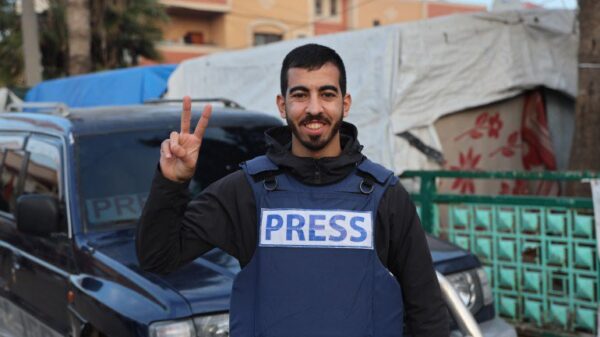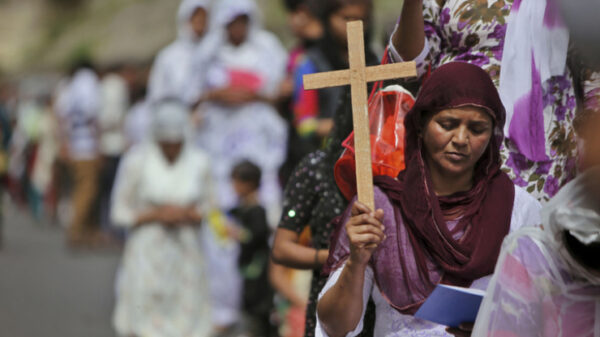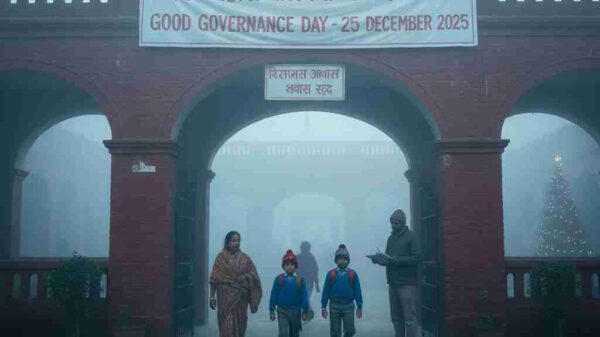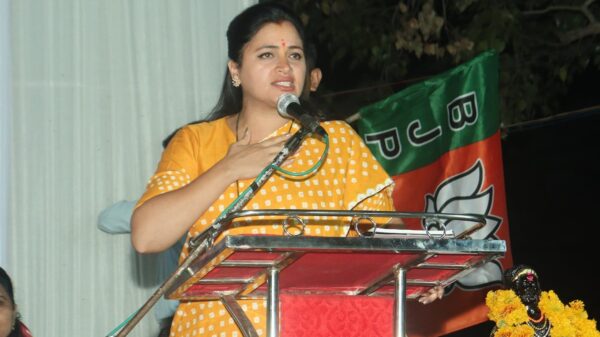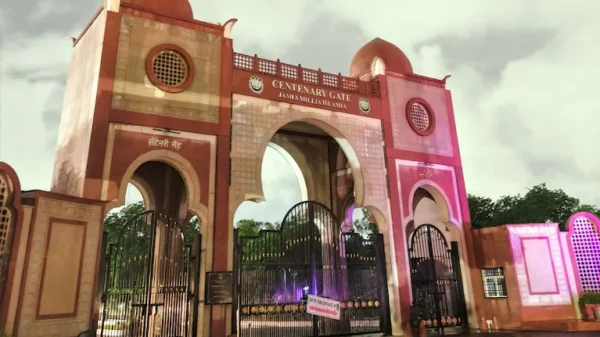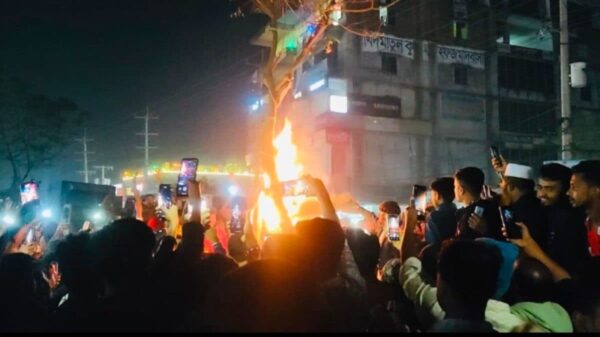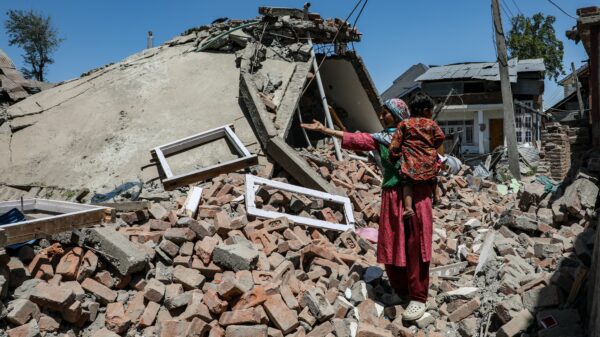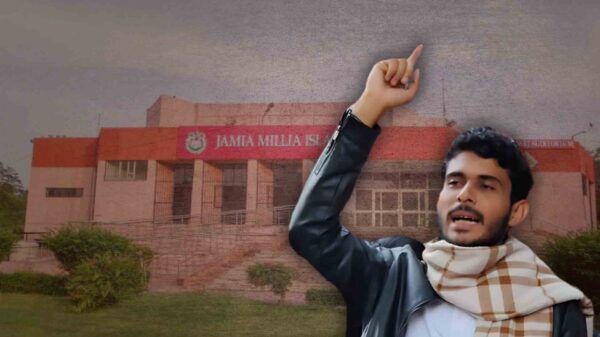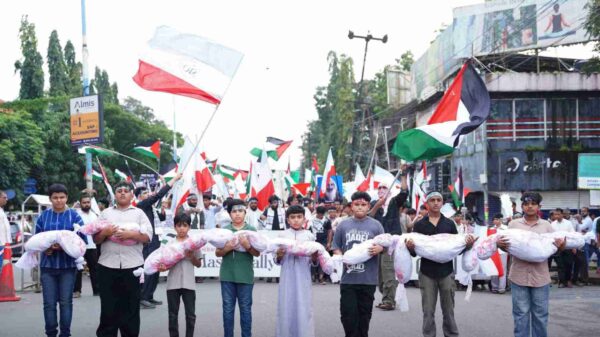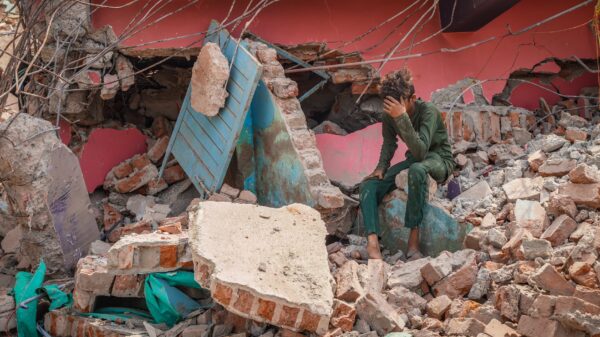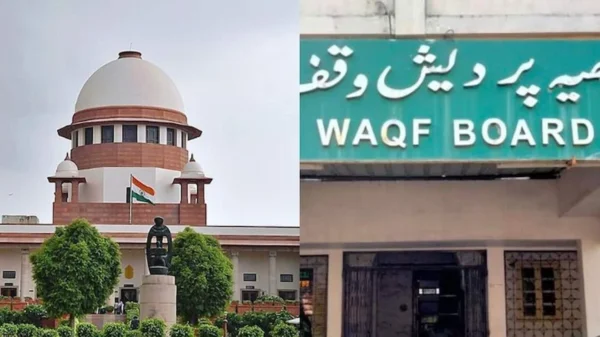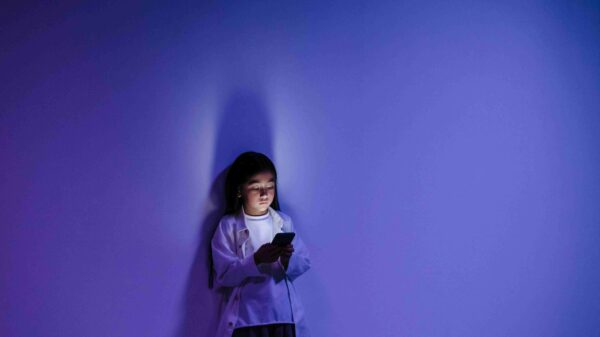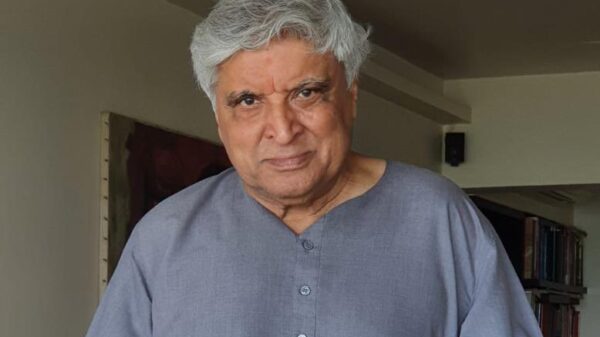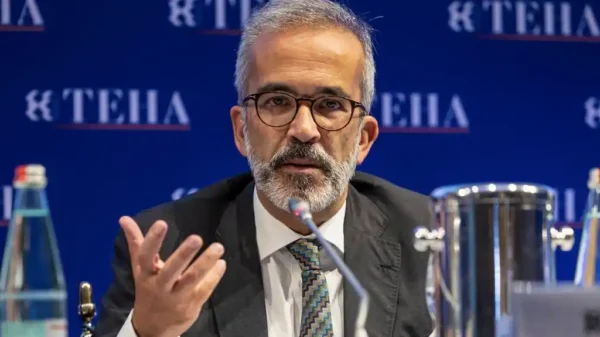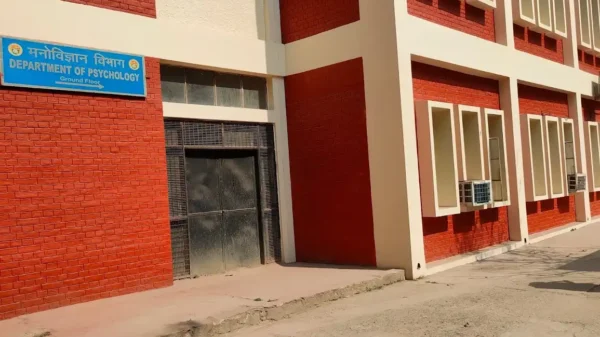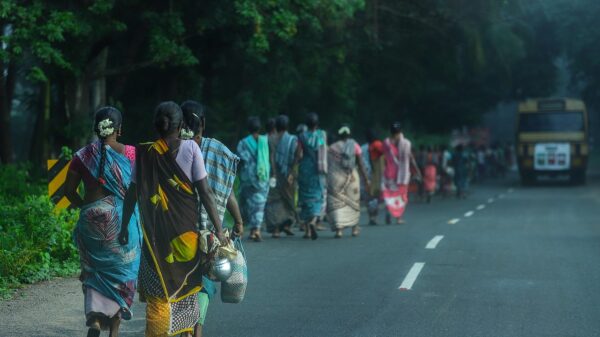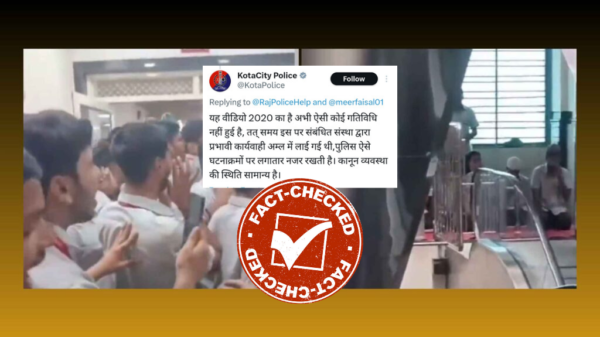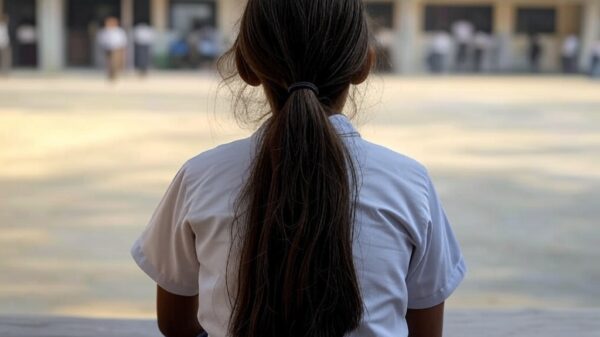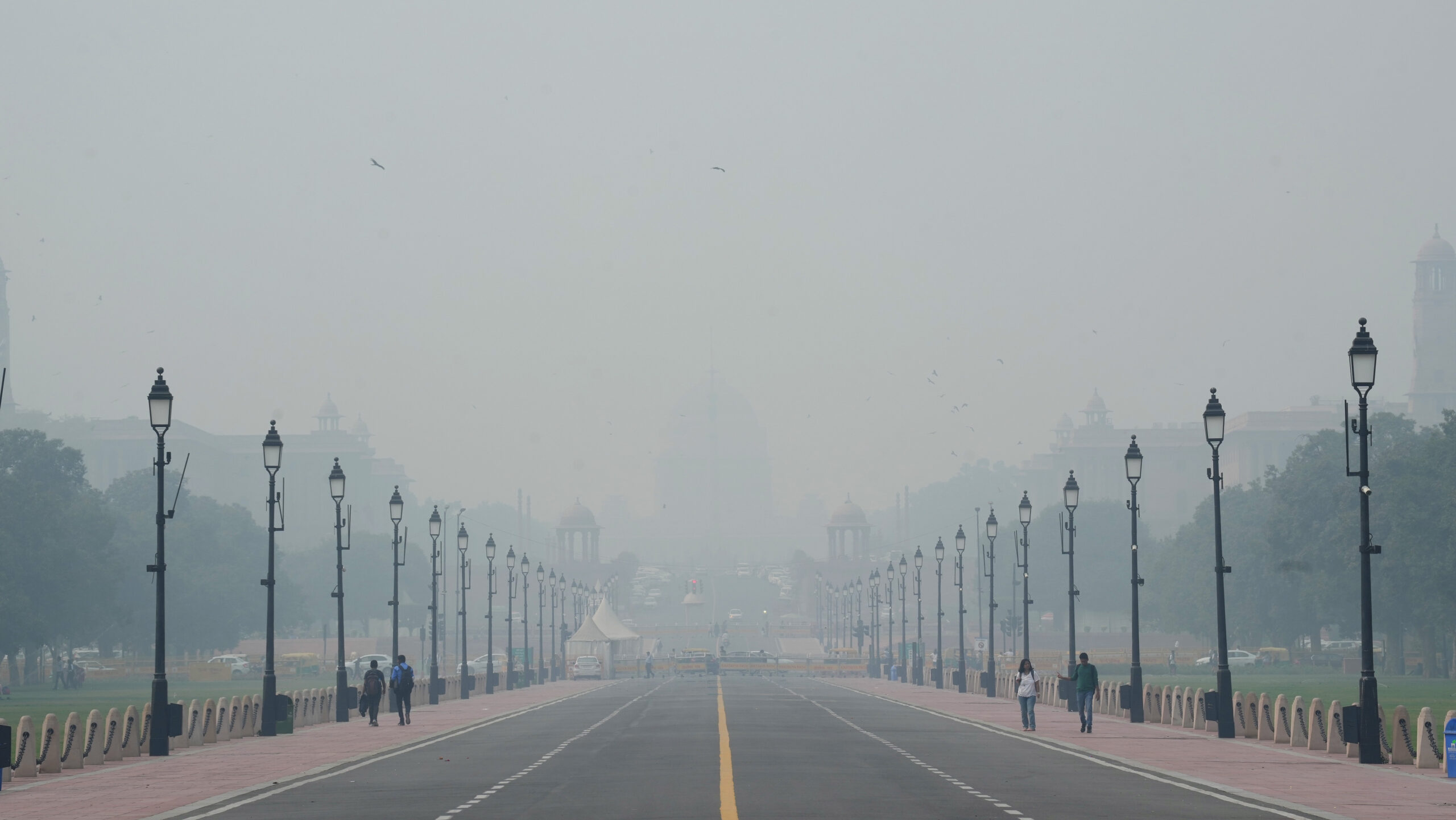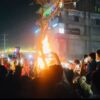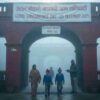The air quality in Delhi witnessed a staggering 140% surge in the 24-hour period since the morning after Diwali. The notorious PM2.5, known for its severe health implications, soared to an hourly average of 200.8 at 7 am, marking a drastic increase from 83.5 recorded at the same time just a day earlier, according to data released by the Central Pollution Control Board (CPCB).
PM2.5 and PM10 pollutant levels spiked to 500 at various locations, including Rohini, ITO, and the Delhi airport area, as indicated by the CPCB data. These levels pose a grave threat to public health, particularly to the respiratory system.
Dr. Arvind Kumar said that PM2.5 penetrates the nose and throat barriers, settling in the lungs and eventually entering the bloodstream, causing potential harm to the entire body.
Despite experiencing its best Diwali day air quality in eight years, Delhi’s air quality index (AQI) crossed the alarming 500 mark in most areas on the morning after Diwali. This deterioration came in the wake of widespread violations of the Supreme Court’s cracker ban across the National Capital Region (NCR).
Real-time monitoring websites reported shockingly high AQI levels above 900 in several locations, including Lajpat Nagar and Jawaharlal Nehru Stadium.
The AQI scale categorizes air quality from ‘good’ to ‘severe plus,’ and the current situation in Delhi falls into the ‘severe plus’ category. The Supreme Court’s recent clarification emphasized that the ban on firecrackers containing barium extends to every state, not just limited to the Delhi-NCR region.
Adding to the crisis, numerous fire-related incidents were reported, with the Delhi Fire Service receiving 208 calls, including 22 related to crackers, on the Diwali evening.
Delhi, consistently ranking among the world’s capital cities with the worst air quality, has been shrouded in a thick blanket of smog for a week, prompting government interventions such as school closures and a ban on diesel trucks. The AQI had briefly improved to 218 at 4 pm the day before, following last week’s rain, providing a fleeting respite just ahead of the festival of lights.


